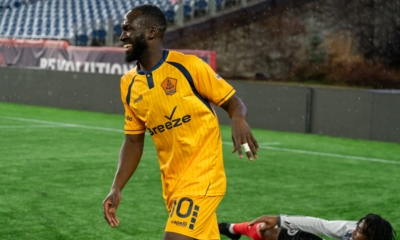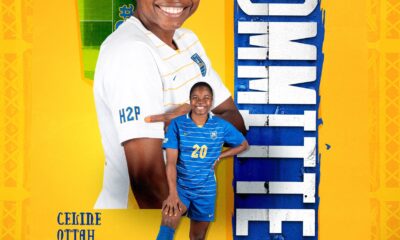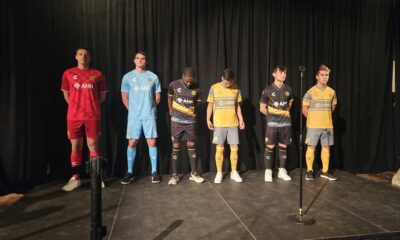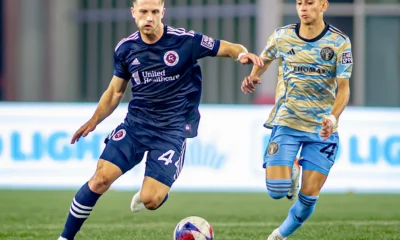
Last time USWNT played on grass, was at Heinz Field in August.
In August, after playing at Heinz Field in the first game of the U.S. Women’s National Team’s Victory Tour after winning the World Cup, I had a chance to interview midfielder and team captain — and Cup Final hero Carli Lloyd.
As I wrapped up the interview, I had to get one last question about playing on Heinz Field’s grass surface.
After all, it would be the only time for the remainder of the year that the USWNT would play a game on natural grass, as they had played all World Cup matches on Field Turf, and the nine remaining “Victory Tour” games in 2015 would be on the artificial surface too.
“It was great. We should be playing on natural grass all of the time,” said Lloyd.
“We’ll have to keep talking with our federation about making those changes,”
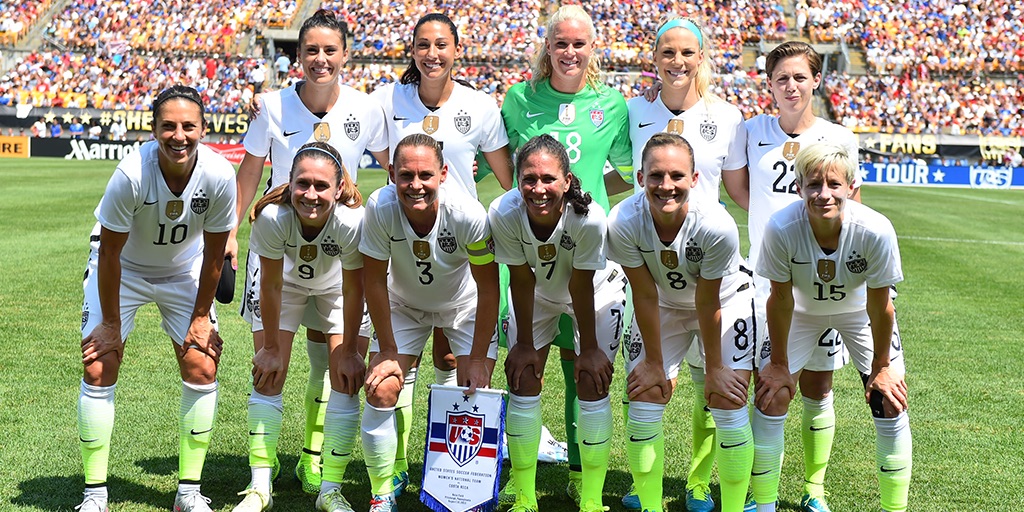
Well, sure enough, this issue has really come to the forefront in the past few days as the USWNT prepared to play a friendly in Hawaii.
It’s pretty well summed up by Lloyd, who wrote this piece that Gibsonia’s Meghan Klingenburg shared on her Twitter feed on Sunday to announce the news that they would be cancelling their upcoming scrimmage.
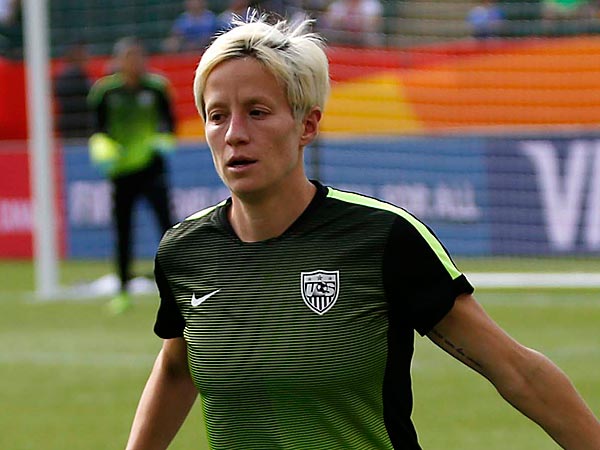
Megan Rapinoe tore her ACL in training in Hawaii.
Making matters worse, one of the USWNT’s top players, Megan Rapinoe, tore her ACL in the team’s first training in Hawaii, two days before their scheduled match vs T&T. The USWNT subsequently cancelled the match, citing unplayable field conditions in the Stadium.
This is a bit troublesome that Lloyd, Rapinoe and their teammates are subjected to second-class treatment and be asked to play in these conditions.
Rapinoe will likely miss most of next season, including the 2016 Olympics in Brazil.
The U.S. has come a long way with growth of soccer in our country, and yet our women’s national team, the crown jewel of American soccer, cannot play on the best fields in its own country.
There had to be better foresight by U.S. officials to know what they were getting themselves into. To not inspect or know of the field conditions prior to investing in playing in a game that included extensive travel to Hawaii is a bit mind-boggling.
It’s one thing to promote the growth of the game, but to put the players in jeopardy while doing so is another thing.

We’ve come a long way from the days of Pele playing on the dirt pitches in NYC. Or have we?
We’ve come a long way from the days when Pele arrived in New York City, and played on Randall’s Island in his debut game. That field at Downing Stadium (which I played on at one time!) under the Tri-Borough Bridge, resembled something you would see at an inner city park, with soccer pitch sandwiched between two baseball diamonds and huge divots and bumps throughout the field. Yes, even Harrisburg’s City Island Stadium may bear a closer resemblance to Wembley Stadium’s pitch than that of Downing Stadium’s.
Lots of credit to Pele, who grew up playing on dirt, pebbles and sandlots in the streets of Brazil, in how he handled that way back in the 1970s. He was by far the greatest player in the world, and probably one of the greatest ambassadors for any sport in any time, to have been such a class act in dealing with playing in very adverse conditions. Sure enough, the Cosmos were able to move to play in Giants Stadium (on the old Astroturf) for a few years before Pele retired.
But, I have digressed here.
It’s not 1975 — and now 43 years since Title IX legislation was passed. Women’s sports have come a long way — our Women’s National Team are THREE-TIME World Cup Champs. We can spend millions of dollars to celebrate their accomplishments with ticker tape parades, fancy celebrations — and talk about what bad-asses they are (and they are!).
But, they continue to deserve better treatment.
They should have the best facilities that can be provided and the people who run U.S. Soccer should have been better prepared for this scenario. It’s not like the USWNT players haven’t mentioned this before — as we knew this was a topic that came up before the World Cup.
All I can say — is that it is about time our women’s soccer players get the respect they deserve.













